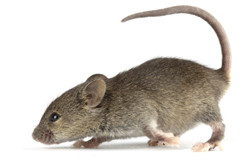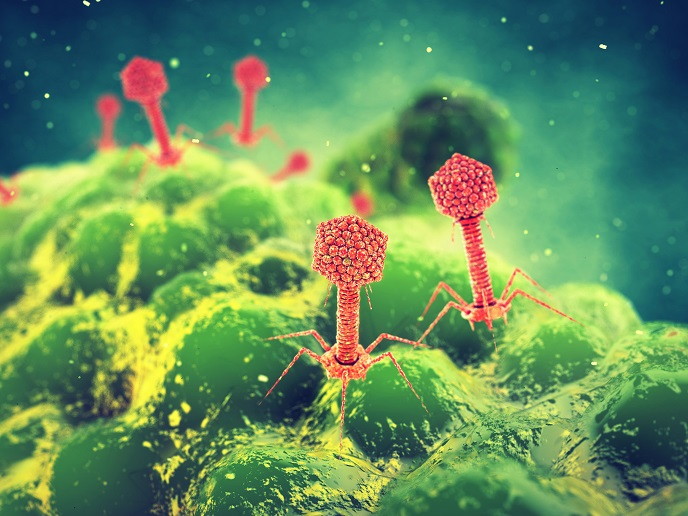Partner choice in the mouse world
Keeping species separate and distinct is down to a combination of diverse reproductive barriers. They occur prior to zygote development as well as in post-zygote development where genetic incompatibility renders hybrid fitness lower than its counterpart derived from more closely related parents. Behavioural mechanisms are also responsible for species isolation. One in particular involves assortative mating strategies where animals mate preferentially with members of their own species. Aware of the lack of information on neural mechanisms involved in mating choice, the EU-funded project 'Neural mechanisms underlying mate preference and selection in mice' (MCM) investigated the behavioural mechanisms behind 'mouse attractiveness'. Researchers observed two different sub-species of house mice, Mus mus domesticus (domesticus) and Mus mus musculus (musculus). To measure female preference, two paradigms were devised — a full contact situation where females were allowed to mate and to compare, and a limited contact trial where females could only smell the males. The latter cancelled out the effect of male behaviour on the females. In both cases, musculus females showed preference for their type of male. However, if females were given no choice in the matter as there was only one male, they mated readily with both species. This suggests that the decision is based on a comparison of the options available rather than absolute preference. Fostering experiments showed that early post-natal life experience has an impact in that musculus females raised in their normal species environment were firmly homospecific. However, raised in a domesticus situation they preferred the first male encountered. Early life experience of musculus females then, when in line with genetic self-identity, overrides sampling order effects, ensuring robust assortative choice. Brain mechanisms in play were shown to be centred around regions that are important in reward, including the nucleus acumbens and areas involved in olfactory processing such as the medial amygdala. By exposing adopted and control musculus females to musculus males, the researchers found differential activation of neurons in the Islands of Calleja that are implicated in olfactory memories. Evolutionary biology and neurobiology of behavioural patterns both play a significant part in speciation. Bridging the gap will increase understanding of the important decision-making processes in mate selection.
Keywords
Mouse, partner selection, assortative mating, neural mechanisms, evolution, neurobiology







